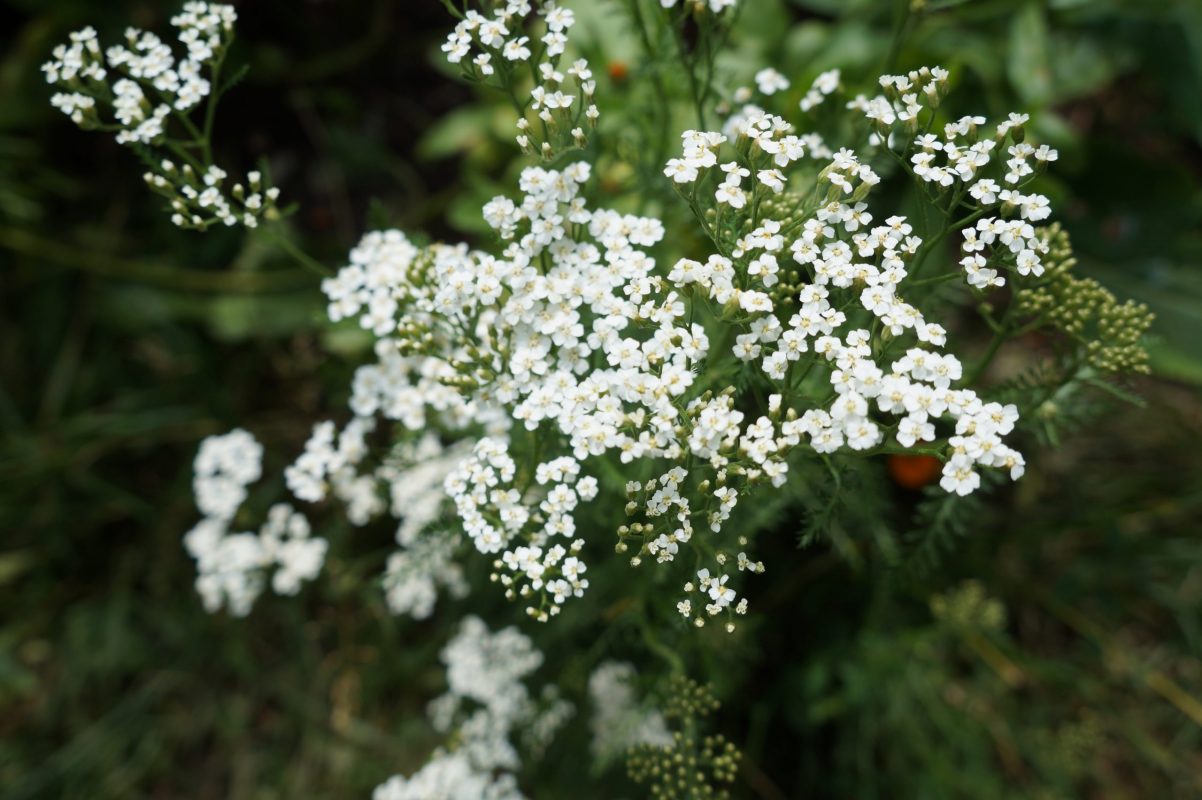
Slugs and snails are the bane of many plant lovers. They leave behind bitten leaves and glistening slime on plant stems. However, there are some plants that slugs and snails stay away from
I’m sure we’ve all seen a head of cabbage that has been bitten off and the leaves irregularly punctured. The little molluscs can do a lot of damage in the garden and are difficult to control. Not everyone knows that there are plants that slugs and snails do not like. If you have a big problem with these pests, see if changing plants will solve the problem
Everyone can easily distinguish between shell slugs and naked slugs. It is the latter that cause the most damage to plants. Slugs and snails that have shells usually feed on dead leaves and shoots. Some of them also find the eggs of naked snails, so some of them can be considered beneficial. The real bane for the gardener, however, are the large snails that do not have shells. These are the ones that eat the plants you grow. Slugs and snails most often attack pinks, popular fuchsias, lupines, and tender vegetable seedlings and cabbage heads
However, there are plants that slugs and snails will avoid because of the smell of the flowers or leaves. It is best to plant such plants around other plants in the garden to form a protective circle.
Nasturtium – is a very popular ornamental flower in Polish gardens. It is most often found in orange, but you can also find red and yellow varieties. It blooms throughout the summer and additionally has valuable health properties for the human body. It is also used in the preparation of infusions, which have anti-inflammatory and immunity-boosting properties.
It is a perennial plant with an aestheticand attractive appearance. It is a perennial with aesthetically pleasing, pinnate and dark green leaves and small, white or pink flowers. It is most often found in meadows, but is also increasingly popular in gardens. The entire plant emits an intense odor that repels slugs and snails.
Myrtle-leaved honeysuckle – is a common perennial with fleshy, creeping, heavily leafed stems. It has bright yellow flowers that bloom in June and July. The thick leaves with a layer of protective wax are not attractive for slugs and snails.
Garden lilac – has long, narrow grassy leaves that are avoided by slugs. They bloom from May until the end of July. The variety of varieties of garden lilac allows you to create an interesting composition and an original bed to deter pests
The marvellousbelladonna – the plant grows up to 70 cm. It has large flowers with a purplish blue color. The leaves are covered with a layer of wax, which discourages snails. In addition, the plant has a dense, bushy habit, which is an additional barrier for pests.
Narrow-leaved lavender – is a well-liked plant that is very popular in gardens and on patios. Snails don’t like its smell and small leaves covered with small hairs. Lavender is very undemanding in care and has beautiful purple flowers. Nowadays you can find varieties with blue, pink or white flowers. It also has many medicinal properties.
It is a perennial gardenplant with stiff stems. It blooms from July to late August and some even bloom until mid-September. It grows up to 1 meter high. It has distinctive five-petalled flowers in many colors – white, red, pink and purple. The plant repels slugs and snails with its dense foliage and fragrant flowers. On the other hand, phlox is a favorite of butterflies, which eagerly gather nectar from them.
Sedum – a plant that belongs to the thicket family. For the most part, sedums are low perennial carpets. However, some species can reach heights of up to 80 cm. Stonecrops are popular for their hardiness and decorative appearance almost all year round. They tolerate high sun, drought, as well as drops in temperature well. This makes them suitable for slopes.